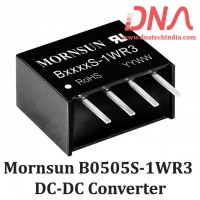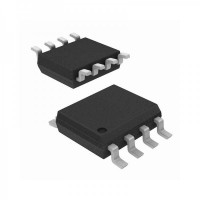FINGERPRINT BASED ATTENDANCE & ACCESS SYSTEM
|
||
|
Access control is a system that enables an authority to control access to areas and resources in a given physical facility or computer-based information system. An access control system, within the field of physical security, is generally seen as the second layer in the security of a physical structure.
Access control is, in reality, an everyday phenomenon. A lock on a car door is essentially a form of access control. A PIN on an ATM system at a bank is another means of access control. The possession of access control is of prime importance when persons seek to secure important, confidential, or sensitive information and equipment.
An access control point, which can be a door, turnstile, parking gate, elevator, or other physical barrier where granting access can be electronically controlled. Typically the access point is a door. An electronic access control door can contain several elements. At its most basic there is a stand-alone electric lock. The lock is unlocked by an operator with a switch. To automate this, operator intervention is replaced by a reader. The reader could be a keypad where a code is entered, it could be a card reader, or it could be a biometric reader.
An attendance recording system’s basic function is to keep a record of the time at which the employees of a particular firm report to work and leave from work. It is one of the most widely used event recording application in the industry today. A track of employee attendance is a must for payroll generation. The traditional method of maintaining an attendance register makes the job very tedious and prone to human errors. The collection and processing of data of employee attendance which may include leaves, half working days, overtime etc. and using it to generate the payroll manually consumes important man hours, which in turn could be used to increase productivity and in turn profitably of the firm. In case of an error, even more time will be used to detect and rectify it, if the process is manual. The whole process will be simplified to great extent if a system is available by means of which attendance data be stored, accessed, sorted, and processed and obtained in a form of a detailed report which may be used directly for payroll generation. Moreover it is also important that a false entry should not be made so for this one of the most secure methods for attendance is using a biometric sensor like a fingerprint reader.
Fingerprints are one of many forms of biometrics used to identify individuals and verify their identity. Fingerprint recognition or fingerprint authentication refers to the automated method of verifying a match between two human fingerprints.
In this project we will be using a Fingerprint reader for providing access to the employee as well as making an attendance log. |
||
Block Diagram: |
||
|
|
||
|
The complete circuit works on 5v this voltage is generated in the power supply section which basically consists of a step down transformer, a rectifier & a voltage regulator.
The controller that we will be using is ATMEL’s AT 89s52, which is a 40 pin microcontroller with 32 I/O lines. The controller communicates with the rfid reader & the PC using RS232 protocol for which MAX 232 IC is required.
The keypad is used to indicate if the person is entering or exiting the premise. So basically there will be two switches one for enter & one for exit.
Real Time Clock (RTC) is used to storing the real time. A battery is provided to the RTC so that even when there is a power failure the time is intact. The controller communicates with the RTC using the I2C protocol.
EEPROM is used to store the LOG’s of the person entering or exiting the premise. The EEPROM will contain the person’s ID, time of scan & if the person is entering or exiting. The controller communicates with the EEPROM using the I2C Protocol.
We will be using 2-Line, 16 characters LCD. This will be used to display the real time, scan successful or not and other such details. |
||
Advantages: |
||
|
||
Future Scope:
|
||
Application: |
||
|
||
Text Books: |
||
|
||
Website: |
||
Magazines: |
||
|




